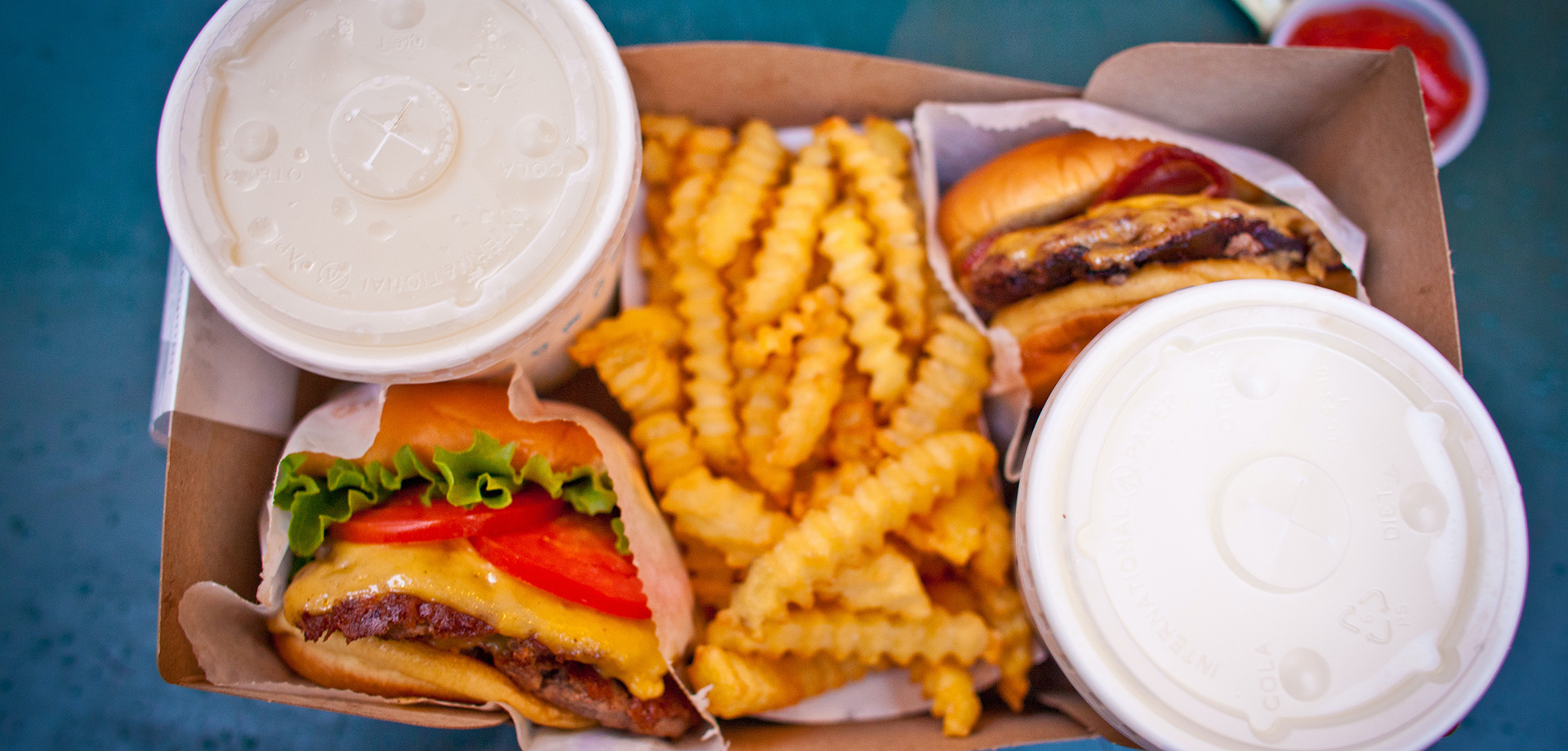Apps like GrubHub, Postmates & DoorDash have ushered in the golden age of delivery in America. Well over half of U.S. consumers now grab delivery at least once a week, translating into big money for businesses willing to keep up. To get more specific – research shows working with a 3rd-party delivery system raises sales (on average) up to 20%.
The delivery revolution has birthed entirely new types of businesses hoping to capitalize on this trend, but most curious (and controversial) is the ghost kitchen – a uniquely 21st-century innovation that promises to optimize & expand delivery service at (seemingly) minimal cost. But what exactly is a ghost kitchen? And what could it mean for your business?
While “ghost kitchen” and “virtual restaurant” are often used interchangeably, they’re actually two very different things, each with its own benefits and drawbacks.
What is a ghost kitchen?
Ghost kitchens are physical spaces for operators to create food for off-premises consumption. And on apps like Grubhub and DoorDash, listings for restaurants operating out of ghost kitchens usually don’t look any different than those for brick-and-mortar operations. Many of these businesses launch in shared commissary kitchens—coworking spaces for chefs.
Companies in this space are popping up in major cities around the US and Canada, and include various facilities that have kitchen space for rent.
What is a virtual brand?
A virtual brand is a delivery-only food concept that’s sold exclusively online and through delivery apps. For example, a food truck that sells burgers in its physical location may use excess supplies to make a second taco brand sold via delivery.
What is a virtual restaurant?
As opposed to a ghost kitchen, virtual restaurants don’t rent from third parties. They have their own established brick and mortar locations (or food trucks), and use their existing kitchens to create additional, delivery-exclusive menus.
Why Are Ghost Kitchens Becoming So Popular?
The simple answer is because food delivery is exploding. With the growth comes PR, chefs jumping in to get ahead of the curve, and investors who want to take advantage of the trend.
To explain further, ghost kitchens are a bet that the future of food lies in delivery. And because most restaurants lose money when they use delivery apps, ghost kitchens appear to be an attempt to fix the problem. Whether it works or not long-term is still to be seen, so we encourage readers to view ghost kitchens for what they are, an experiment that is still running.
What’s the Business Model For a Ghost Kitchen or Virtual Kitchen?
With a ghost kitchen, you rent from a landlord at a facility like Kitchens United or Cloud Kitchens, usually located in densely populated areas. From there, you get your brand onto an app like UberEats or DoorDash, and (hopefully) start getting customers. Then you send out orders from the rented kitchen space.
Ghost kitchens can be used to launch an entirely new business or to expand the delivery range for an existing brand.
Bottom Line: Should You Use a Ghost Kitchen to Start a Virtual Brand?
This is probably the question most of our readers have. We’ve broken it down by where in your food business journey you are:
Chef or Entrepreneur Just Starting Out
If you have no experience in the food industry, ghost kitchens may seem like a great way to test out your food concepts. With lower upfront costs and no need for marketing, putting up a virtual brand on delivery apps and seeing what happens seems like the lowest risk option.
Owner of a Small Brick and Mortar Restaurant (With Limited Resources)
If you don’t have experience with virtual brands, launching them out of a separate ghost kitchen wouldn’t make much sense. You could, however, easily use your existing kitchen as a virtual restaurant to work on a profitable delivery model. Assuming you have the excess capacity with unused labor and kitchen space, there’s no reason you can’t create new virtual brands. Take the ingredients you’re already using to create new menu items (or existing menu items) and brand them towards delivery customers.
Food Truck Owner
You probably have everything you need in a kitchen right inside your food truck. And because you’re mobile, you can go anywhere in town and try to set up (delivery) shop. Along with the foot traffic, you’ll generate, you can sell virtual brands to whoever you think is your target customer, from college students to busy working parents.
To succeed long-term, you will need to find a specific location that works for you so that delivery apps know where to pick up.
Once you have virtual brands that are profitable, a ghost kitchen could be a good way to scale inside of that neighborhood, especially if you’re limited by your food truck’s capacity.
Large Restaurant, Chain, or Well Funded Chef
Ghost kitchens could be a great way to scale your brand. Whether you’re trying to dominate a food category (like pizza) or trying to be the best in your own niche, the opportunities are real.
We recommend trying to understand what other brands are doing, or finding a good consultant that has experience with virtual brands and ghost kitchens. And when you hit on something that truly works, you’ll be in a position to quickly grow within the kitchen’s location.
Where Do You Go From Here?
Be aware that opening a ghost kitchen or virtual restaurant requires a lot of initiative and research on your part. You’ll need to spend a considerable amount of time weighing the pros and cons, considering factors specific to your business, and learning about potential pitfalls. Squirrel has helped many innovative brands branch out to new service models, we’d be happy to discuss a strategic approach to this exciting new set of capabilities with you.



